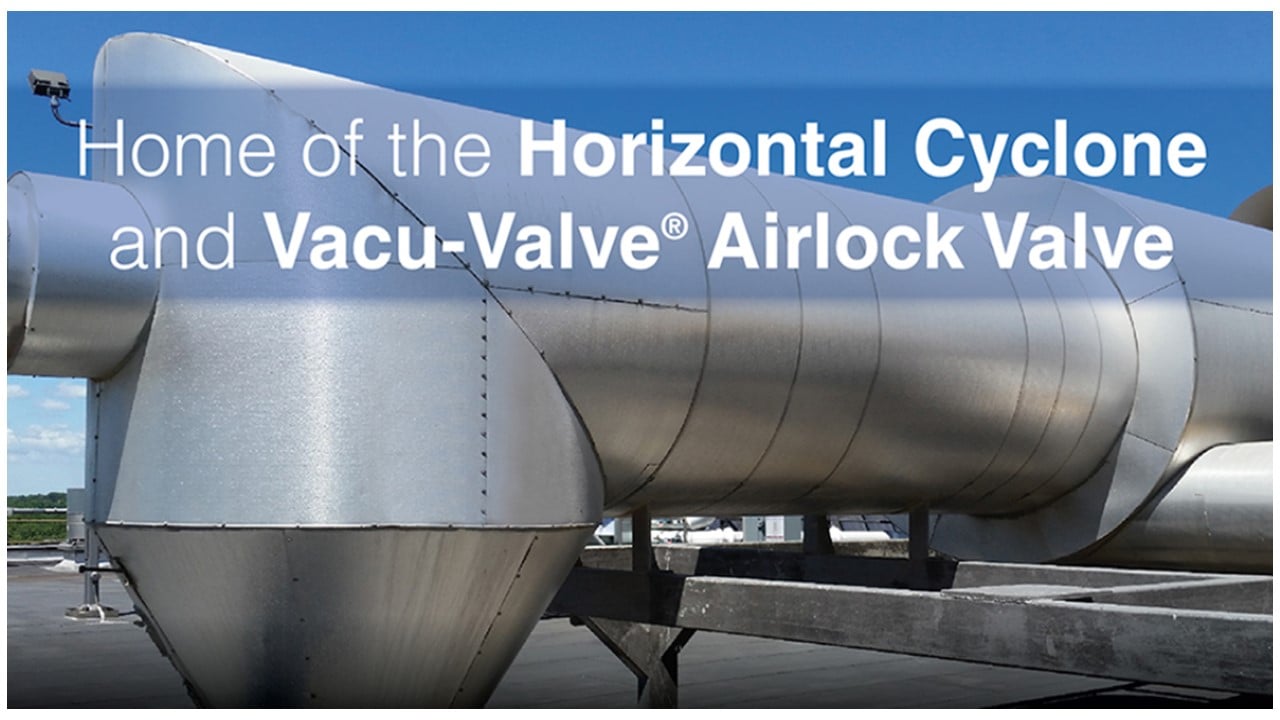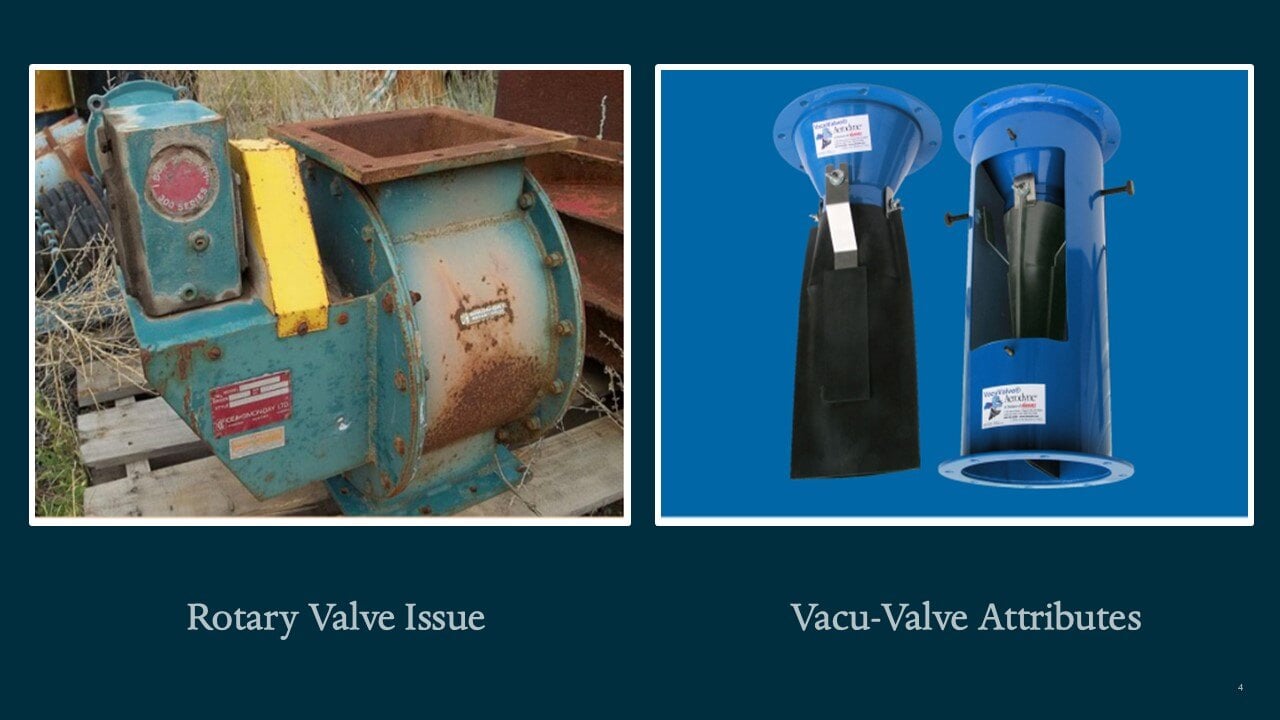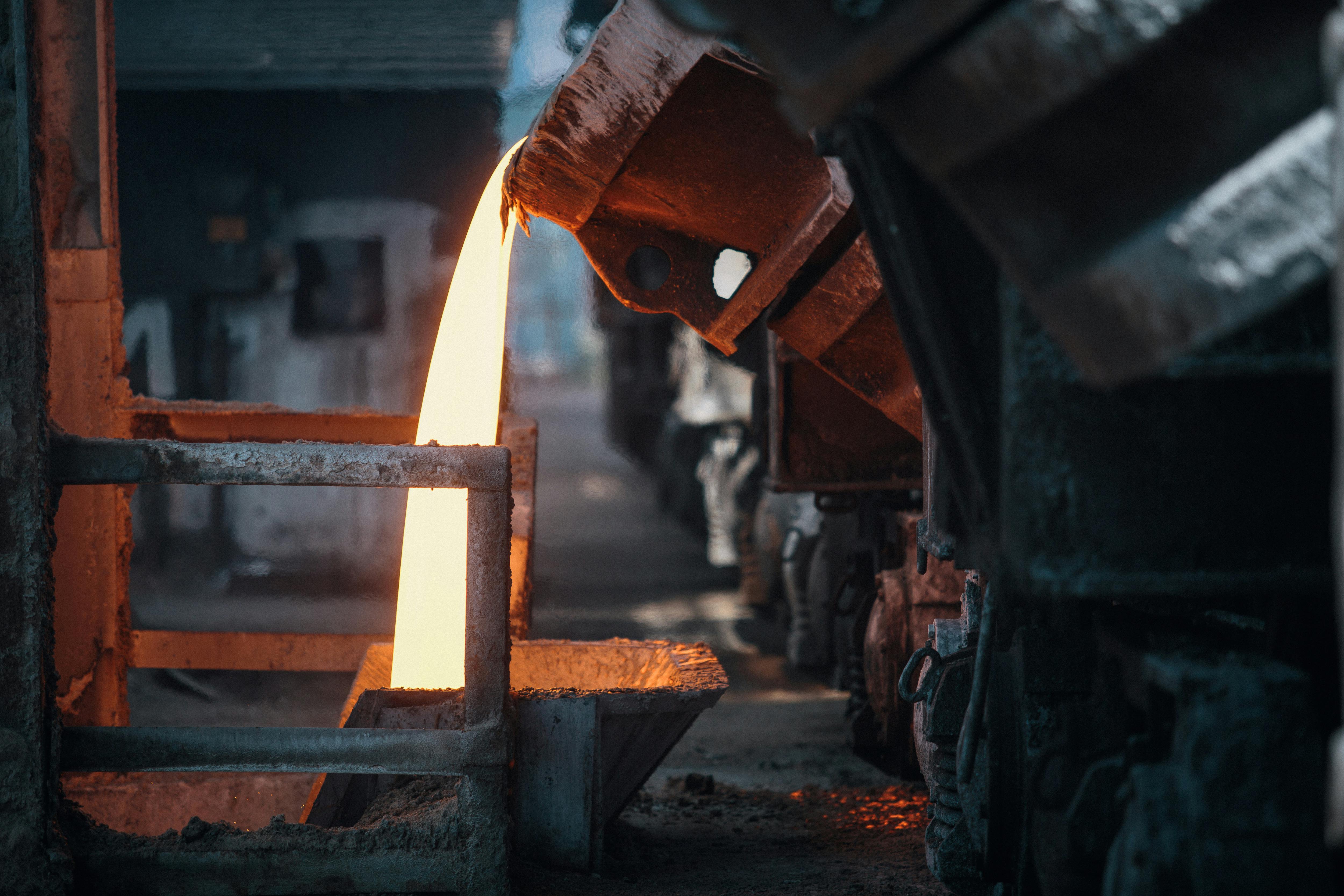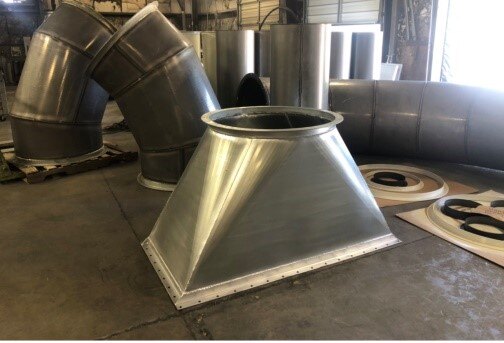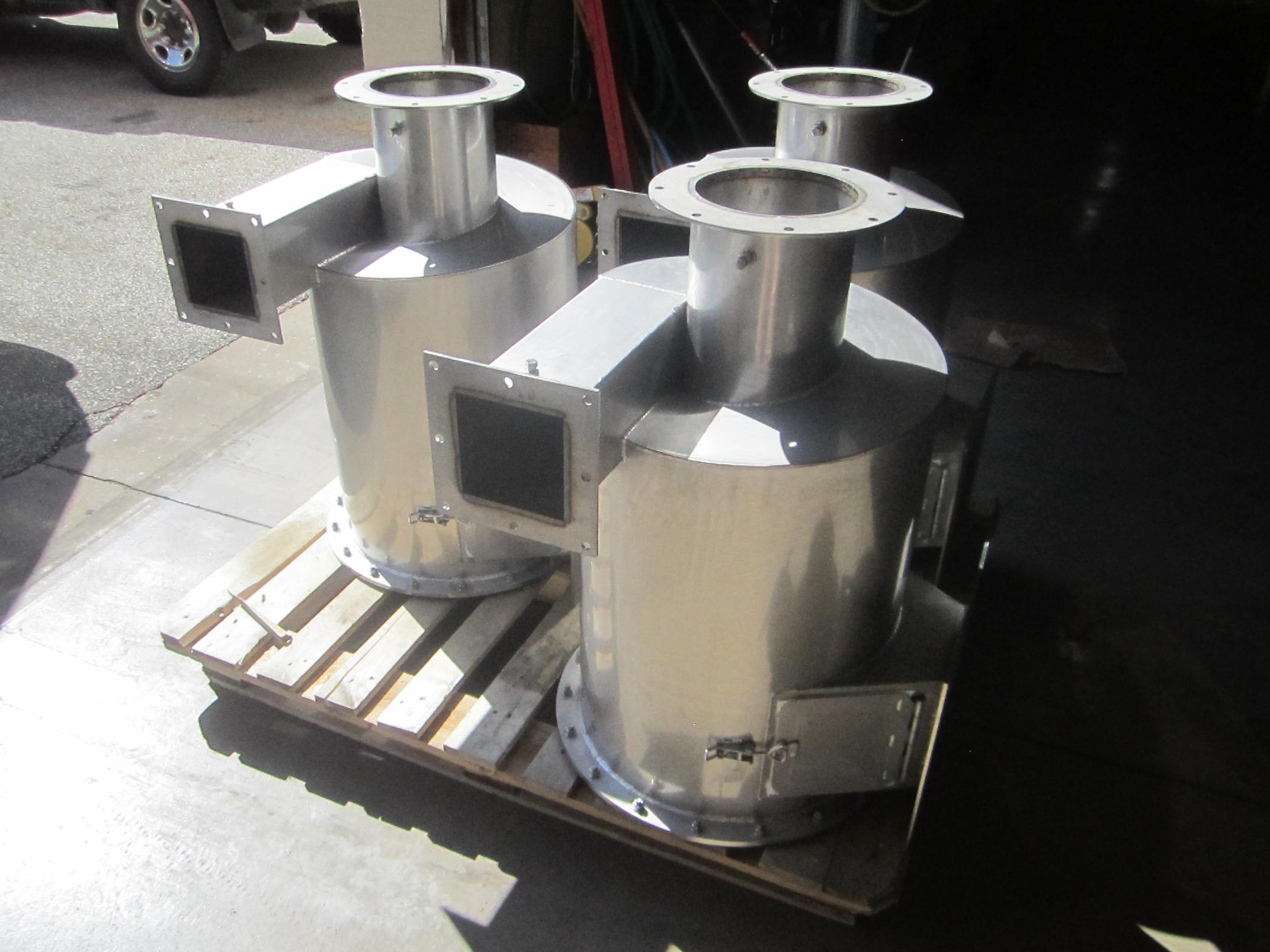When working with dust collectors, it's easy to focus only on the filters and the fan. But one small component can make or break the whole system's performance: what’s installed under the hopper. Choosing the right device to manage dust discharge is critical to maintaining system efficiency, protecting your equipment, and ensuring safety. In many cases, the simplest and most effective solution is a trickle valve.
Understanding the Hopper’s Role
Every dust collector has a hopper at its base. Its job is to temporarily collect the dust as it is separated from the airflow. From there, the dust needs to exit the hopper — but in a controlled way.
Typically, hoppers have a flanged outlet at the bottom to allow collected dust to fall out. However, if this outlet is left open or improperly managed, it becomes a major problem. Uncontrolled airflow can enter or escape through the hopper, upsetting the dust collector's delicate balance.
Why Airflow Control Is Essential
Dust collectors are designed to operate under vacuum conditions. Keeping the system under negative pressure prevents two serious problems:
- Dust Leakage: Without a controlled seal at the hopper outlet, dust can escape into the workspace, creating hazardous conditions and maintenance nightmares.
- Fan Damage: If unfiltered air enters the system, it can carry dust directly into the exhaust fan, causing severe wear, imbalance, or even failure.
To maintain the system's performance, you must seal the hopper outlet against airflow while still allowing dust to discharge freely. That’s where trickle valves shine.
What Is a Trickle Valve?
A trickle valve (like the Aerodyne Vacu-Valve) is a simple yet highly effective solution for hopper discharge. Unlike powered devices, a trickle valve uses no electricity or mechanical drives. Instead, it operates passively, relying on the weight of the collected dust to open a flexible sleeve or flap and allow dust to exit.
When no dust is present, the valve remains closed, blocking any airflow. As dust builds up and adds weight, it gently pushes through the valve, exiting the hopper in a controlled, gravity-fed stream.
This ingenious design solves two key challenges:
- Continuous Dust Discharge: Dust leaves the hopper without the need for manual intervention.
- Airlock Seal: Air cannot move freely into or out of the dust collector, preserving the system’s vacuum integrity.
Benefits of Using a Trickle Valve
Trickle valves offer several advantages that make them an ideal choice for many dust collection systems:
- Simplicity: No motors, gears, or actuators to maintain or repair.
- Cost-Effective: Lower upfront cost and almost zero ongoing energy or maintenance expenses.
- Reliable Performance: Always ready to operate as long as dust is being collected.
- Flexible Operation: Adapts to varying dust loads without manual adjustment.
- Durability: Built to withstand abrasive dust and harsh industrial environments.
Because trickle valves operate purely by the force of gravity and dust load, they’re perfect for systems where dust discharge is steady but not excessively heavy.
When to Choose a Trickle Valve
If your application involves moderate dust loads and you want a low-maintenance, reliable solution, a trickle valve is often the best choice. Industries like woodworking, food processing, plastics, mining, foundry and general manufacturing often find that trickle valves meet their dust collection needs without the complexity and cost of powered valves.
In any dust collection system, controlling the hopper outlet is critical to maintaining system performance, safety, and longevity. A trickle valve provides an elegant, cost-effective solution to manage dust discharge while preserving vacuum pressure.
By installing a trickle valve, you're not just solving a small problem — you’re ensuring that your entire dust collection system operates cleaner, safer, and more efficiently for years to come.
To improve efficiency and safety, there is no substitute for an on-site inspection by an experienced expert. Click below to start with a free 20-minute phone consultation by clicking the button.




